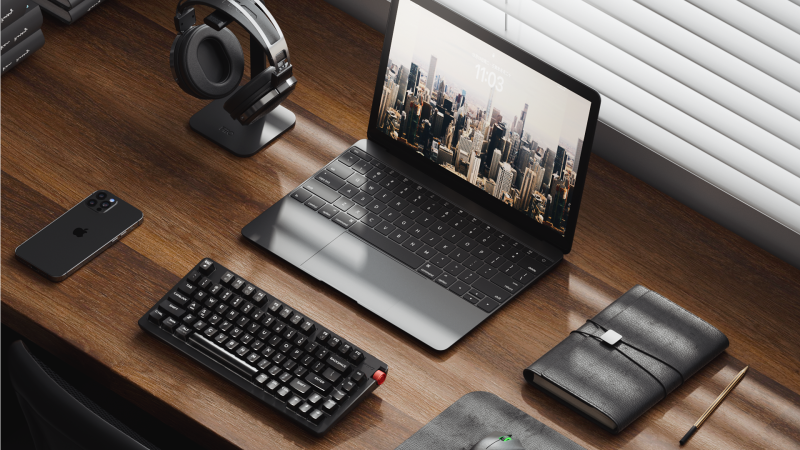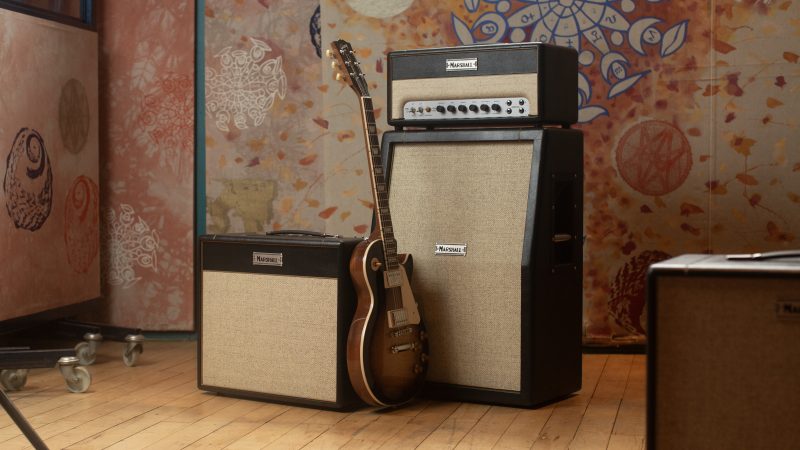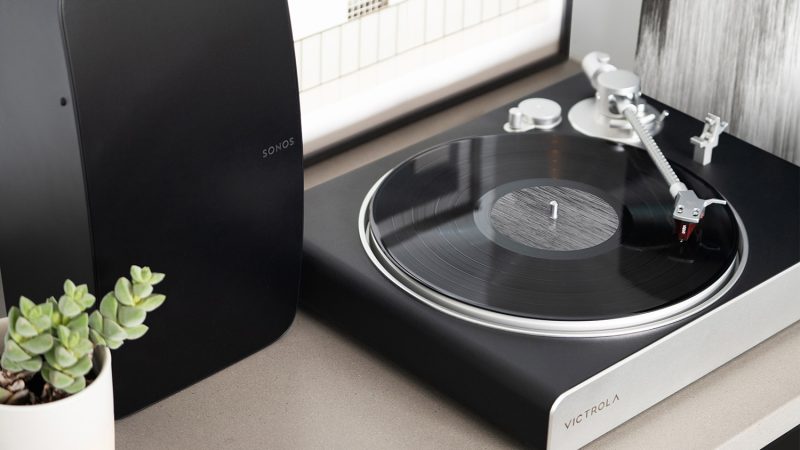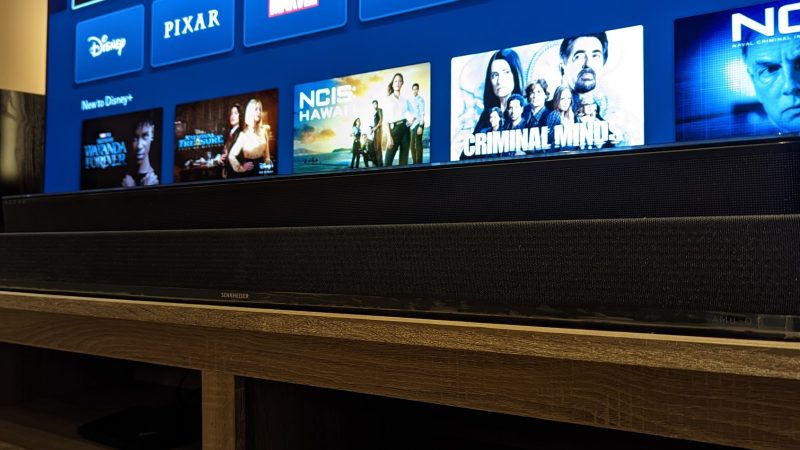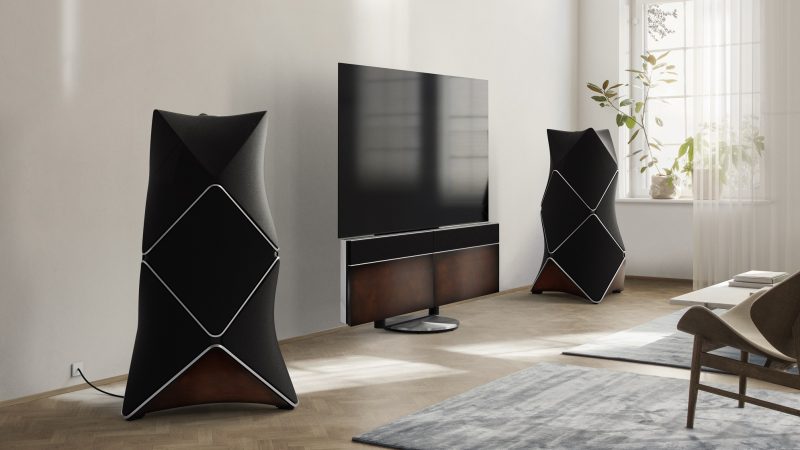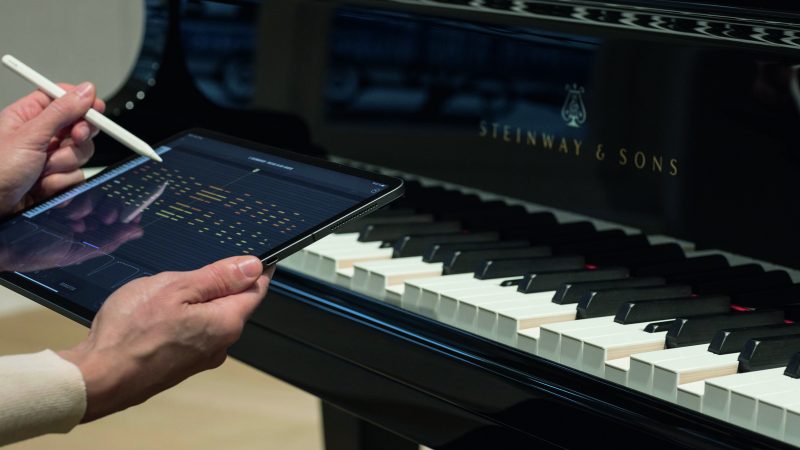Bluesound UK launch of audiophile multiroom streamers
 Last week I was invited to attend a little get together arranged by a new name in home audio who also happens to have significant provenance. The company in question is Bluesound and this was its official UK launch lead by Brand Chief, John Banks.
Last week I was invited to attend a little get together arranged by a new name in home audio who also happens to have significant provenance. The company in question is Bluesound and this was its official UK launch lead by Brand Chief, John Banks.
Bluesound, the new high resolution music streaming brand, officially launched in London on Thursday and promises to create a new high-end tier in the fast growing wireless multiroom audio market.
The story goes that the company, or collective, had noticed that functionality had overtook quality. Whilst there were great improvements in such areas as Digital Analogue Conversion (DAC) and hi res audio, it seemed most Hi-Fi makers were concentrating on functionality rather than the sound coming out of their products.
The theory is that once a music lover hears something through a quality Hi-Fi, they love it and will aspire to owning something that will sound just as good. You can’t miss what you’ve never had but, once you’ve had it for a little while, you want it. Let’s face it, would you go back to a black and white portable TV after enjoying a 4K big screen set?
As Mr Banks stated about music:
You can’t touch it, see it or taste it, but you must listen to it at the best quality that you can, only in that way you will feel it.
Also, why shouldn’t audiophiles enjoy the same amount of convenience as someone buying kit from, dare I say it, Sonos?
If you look at most audiophile grade components, take the Musical Fidelity M6si for instance, they’re big, heavy and expensive. True, they are usually sublime when they’re presenting your choice of tracks, but is there another way?
Well, Bluesound, the new division of Lenbrook Industries (who also happens to be the proud parent of PSB and NAD), promises it can do just that.
Like the stuff from Sonos, Bluesound products enable you to play audio files from your networked computers and hard drives with no need for a wired connection, and promises no loss in sound quality.
Not only that; Bluesound also lets you access TuneIn Radio, Rdio, Slacker and Spotify Connect online streaming services. What’s more, you can use multiple Bluesound products around your home, combining them in groups as you wish so you can play whatever music you want throughout your digs, or sling different tunes to different rooms.
Control comes by way of an Apple iOS or Android app which plays nice with smartphones or tablets.
Raising the bar
The biggest difference, and what gives Bluesound it’s audiophile edge, is that it dishes out high-res audio.
High-res audio files have resolution greater than the 16-bit/44.1-kHz resolution of CD. They’re available as downloads from such sources as HDTracks and Acoustic Sounds.
Bluesound products also incorporate Bluetooth for simple streaming from smartphones, tablets and computers. That’s a great and convenient feature to have but may get those old school audiophiles peering quizzically over their glasses. The thing is though, when your buddy comes round to check out your new Hi-Fi and wants you to hear a track that’s on their phone through it, why shouldn’t they be able to squirt it over to your lovely new system? I’ve found the V90 Blu pretty handy in cases likes this and, besides, Sonos doesn’t currently offer this utility 😉
The Bluesound range
The Bluesound product line up consists of the Node which is a wireless streamer that can be connected to an existing Hi-fi system, and Powernode, which is like a Node but has a built in 80W bi-amplified direct digital amp from NAD which is capable of driving a variety of speaker combinations.
The star of the lineup, for me and a lot of others I have spoken to, appears to be the Vault.
The Vault is the Node with a CD ripper and 1 or 2TB of storage built in. The Vault is your chance to digitally archive your CD collection into an almost future proof storage centre.
 Bluesound offers their own sub/sat speaker package called Duo (pictured above), which is actually more of a trio. You get a pair of Paul Barton-designed bookshelf speakers with an 8-inch, 110 watt subwoofer.
Bluesound offers their own sub/sat speaker package called Duo (pictured above), which is actually more of a trio. You get a pair of Paul Barton-designed bookshelf speakers with an 8-inch, 110 watt subwoofer.
 I cannot forget to add the compact all-in-one Pulse (above on the bar – credit @SteveMay_UK). This has been designed to fit in any room and is a high resolution music plug ‘n’ play solution. The Pulse is an 80w music player which comprises of the same NAD bi-amplified direct digital amp found in the Powernode going to a 5.25-inch subwoofer and two full-range 2.75-inch aluminium cone drivers. This can be buddied with any of the aforementioned products or other Pulses in order to fill your home with musical zones or with the same sounds.
I cannot forget to add the compact all-in-one Pulse (above on the bar – credit @SteveMay_UK). This has been designed to fit in any room and is a high resolution music plug ‘n’ play solution. The Pulse is an 80w music player which comprises of the same NAD bi-amplified direct digital amp found in the Powernode going to a 5.25-inch subwoofer and two full-range 2.75-inch aluminium cone drivers. This can be buddied with any of the aforementioned products or other Pulses in order to fill your home with musical zones or with the same sounds.
Bluesound Vault
The Vault is the Bluesound device that I am aching to test/own as it covers many bases. It’s kinda like what would happen if an Olive music server had a romantic overnight liaison with a multiroom streamer. The only other comparable systems I have seen is the Sooloos Control 15 from Meridian, and that cost around £5,000 at release. Granted, it has an in-built screen but only 500GB of storage and cost £5k. Other than that, the only other competitor I am aware of is CAD’s CAT but again, that’s around the 5 grand mark and is back to the full-sized component format.
Inside the Vault is a 1TB hard drive for storing your CDs. It can rip CDs as high-resolution lossless FLAC files, WAV or MP3. It ca even do MP3 simultaneously with the other formats so you can get a portable version of the music to take with you on your phone or tablet.
 You hook up the Vault to your network via an Ethernet jack (the other Bluesound components can use Ethernet or Wi-Fi) and then to your audio system via a digital optical cable (toslink) or RCA stereo jacks. There’s also a USB port so you can even add an external drive or thumb drive.
You hook up the Vault to your network via an Ethernet jack (the other Bluesound components can use Ethernet or Wi-Fi) and then to your audio system via a digital optical cable (toslink) or RCA stereo jacks. There’s also a USB port so you can even add an external drive or thumb drive.
Using the Vault is simple. Just sick a CD in the slot and in about 10 minutes the Vault spits it back out again. The music is automagically categorised within the system, and the album art and track names all show up in the Control app.
Then you can access your music library from anywhere in your home without having to switch on a computer.
Bluesound Control app
The Bluesound Control app has one of the cleanest interfaces I have seen in this field and enables the user to manage all their multiroom musical happenings.
The app is capable of controlling multiple products in multiple rooms and linking iTunes libraries, NAS drives and the Vault as well as the myriad of streaming music services, including the lossless Qobuz and the forthcoming Tidal.
The App is available on Android and iOS. Other integrated music services include TuneIn radio Spotify Connect, Rdio, WiMP, Qobuz and Deezer.
BlueOS
Bluesound has even developed its own Linux-based operating system dubbed BlueOS. This gives them the flexibility to adapt their product interfaces to suit their customers’ needs pretty swiftly.
 BlueOS can also be found in the latest NAD Masters hi-fi components (above) which look really tasty and have a modular design which I wholly applaud. Banks told me that it was looking to licence BlueOS technology to other vendors so, watch this space.
BlueOS can also be found in the latest NAD Masters hi-fi components (above) which look really tasty and have a modular design which I wholly applaud. Banks told me that it was looking to licence BlueOS technology to other vendors so, watch this space.
Prices and overview
Sevenoaks Sound and Vision, who were on hand at the event, are one of the main retailers of Bluesound in the UK.
The products are priced as follows;
- PULSE – £599
- VAULT – 1TB £799, 2TB £999
- NODE – £399
- POWERNODE – £599
- DUO – £899
Bluesound operates on the 2.4GHz Wi-Fi band, with an option for hardwired networking if preferred.
Up to 37 devices can be networked as part of a single install.
All speakers are voiced by Paul Barton, best known for his work with PSB.
The overall Bluesound industrial design is the work of David Farrage.
Check out the video below and the Bluesound website for more details.
[youtube id=”XhJV_aXAvT8″]

